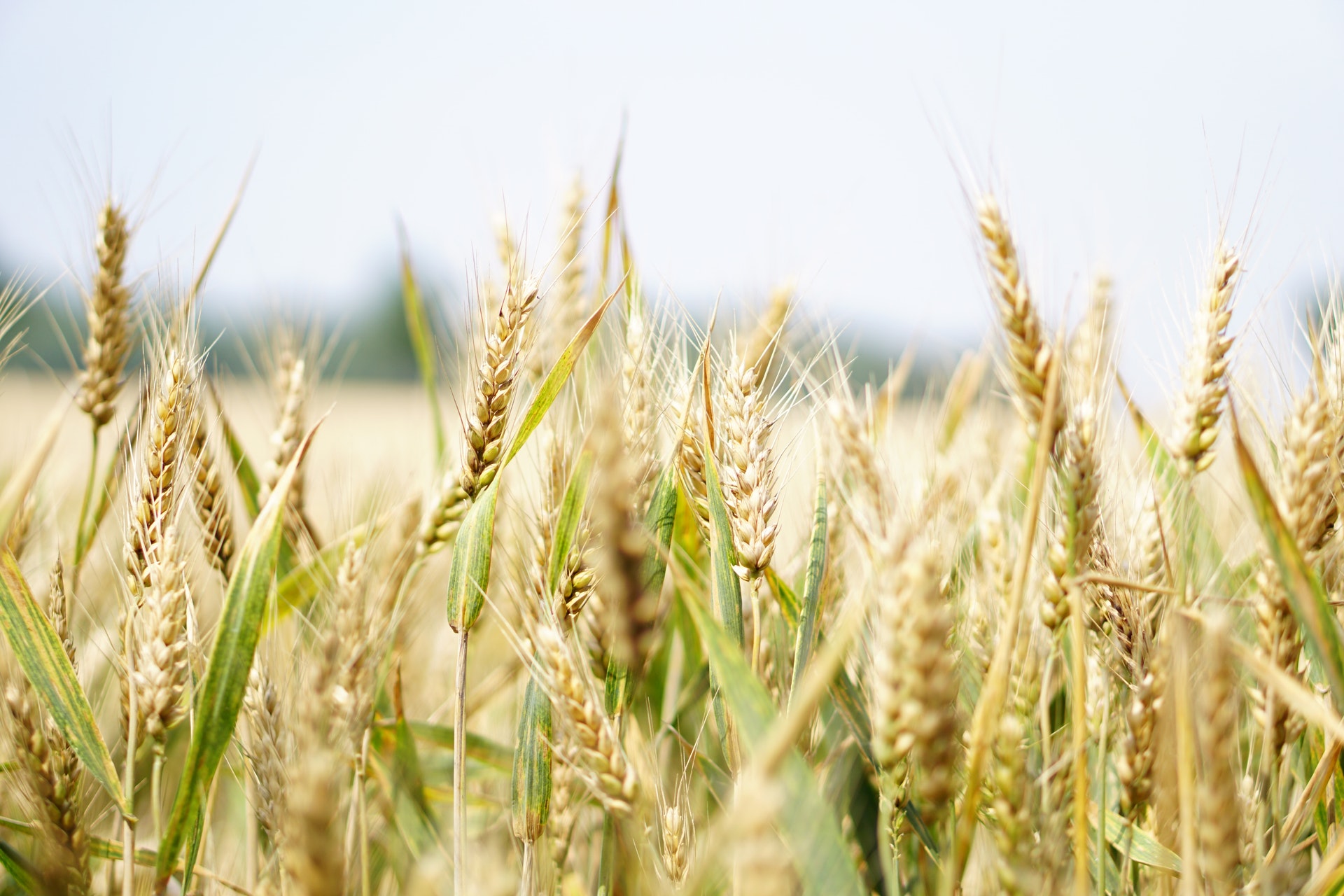Canada News
World hungry for Canadian grain amid pandemic, with shipments abroad rising

Canadian National Railway Co. chief executive JJ Ruest said earlier this month that demand for grain has been particularly strong over the past month. (Pexels photo)
Canadian grain is in high demand as shippers try to feed a growing appetite from mills and governments seeking to shore up staple reserves amid the COVID-19 pandemic.
Grain shipments at the Port of Thunder Bay in Ontario doubled year over year in March, with vessels loading 200,000 tonnes last week and higher volumes expected to continue, the Chamber of Marine Commerce said.
“Right now, we expect April grain volumes to be above normal. We currently have 650,000 metric tons of grain in storage ready to go out and we are receiving more rail deliveries,” Thunder Bay Port Authority CEO Tim Heney said in a release.
Richardson International Ltd., Canada’s largest grain handler, says demand for wheat and durum at flour mills and pasta plants around the world is on the rise as customers stock up on staples, partly in preparation for extended lockdowns triggered by steps taken to contain the novel coronavirus.
“Demand was already up in countries like Italy which had a smaller crop last year but with the COVID-19 pandemic, some countries are ordering extra wheat and durum to increase their reserves and satisfy this new demand,” said Carsten Bredin, who runs Richardson’s grain merchandising.
Canadian National Railway Co. chief executive JJ Ruest said earlier this month that demand for grain has been particularly strong over the past month.
Shipments of the bulk product will likely stay “solid” at least through May, despite sagging container volumes and potential layoffs at the railway as global supply chains wobble, he said.
“The month of April will not be as strong as the month of March,” Ruest said on a conference call with analysts, referring to total freight volume. “As we go on, we’re going to be parking more equipment, we’re going to be parking more rail cars.”
Wade Sobkowich, who heads the Western Grain Elevator Association, said strong demand in Europe and Africa is a welcome follow to a tough year that saw rail blockades, mudslides, labour action and a late harvest depress traffic of bulk goods.
“The re-opening of Thunder Bay and the St. Lawrence Seaway is critical in order to supply food to the world, and to keep as many people employed as possible during this difficult time,” Sobkowich said.
Containerized grain, which includes chickpeas, beans, lentils and other “specialty crops” bound largely for India and China, are dropping along with other container shipments, however.
The decrease stems from a lack of available containers and a shortage of export slots, said Doug Mills, Vancouver Port Authority, a senior account representative for bulk commodities at Vancouver Fraser Port Authority.
“When the COVID issue showed up in Asia it resulted in significant production loss. Factories were slowing if not shutting down…and as a result the flow of cargo coming to North America was slowing,” Mills said.
The shutdowns prompted container lines to cancel sailings, resulting not only in fewer clothes and electronics arriving at terminal bays, but also fewer ships to haul Canadian products back across the Pacific Ocean.
“If the ship doesn’t come in, we’ve got nowhere to put an export container,” Mills said. “The flow of containers is out of sync.”





















